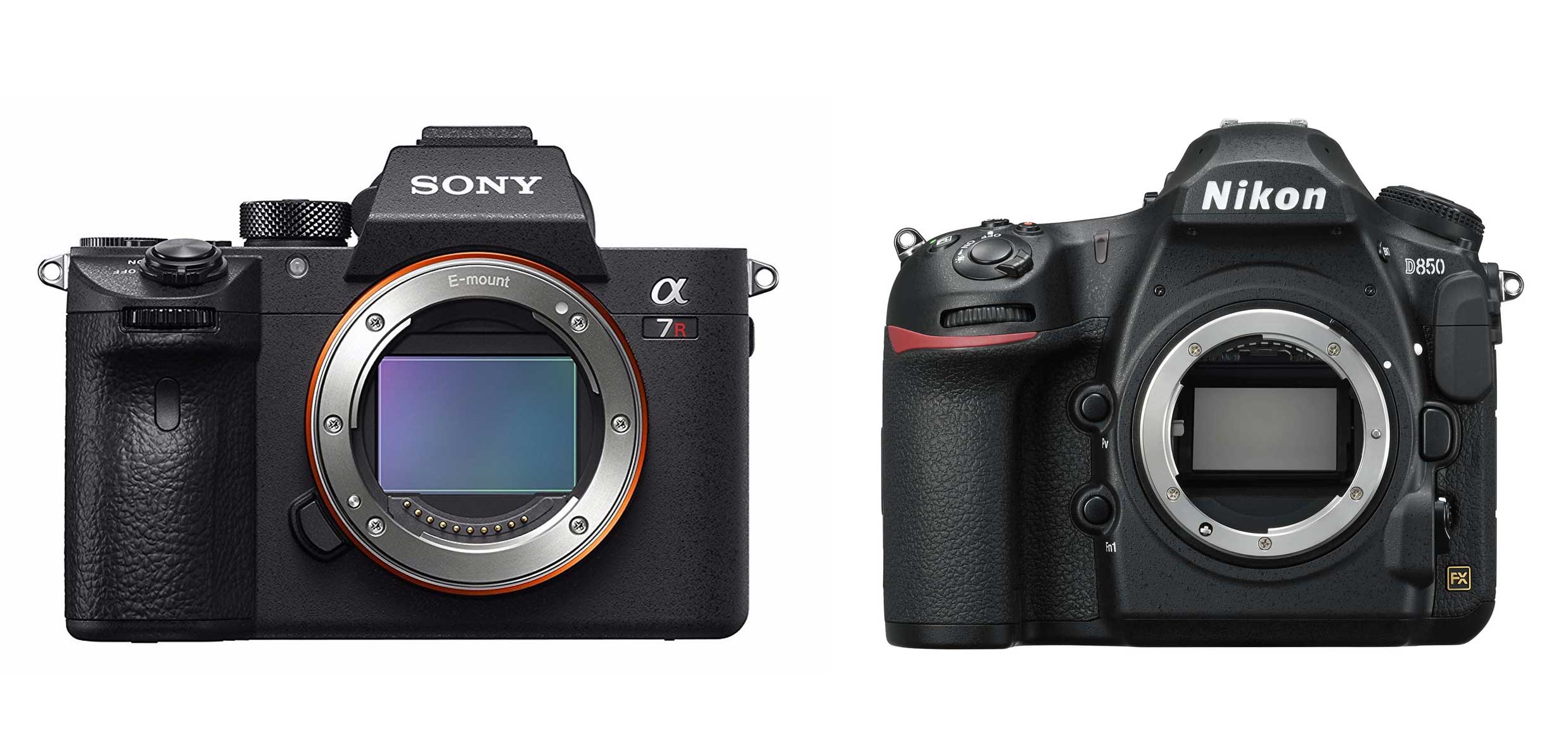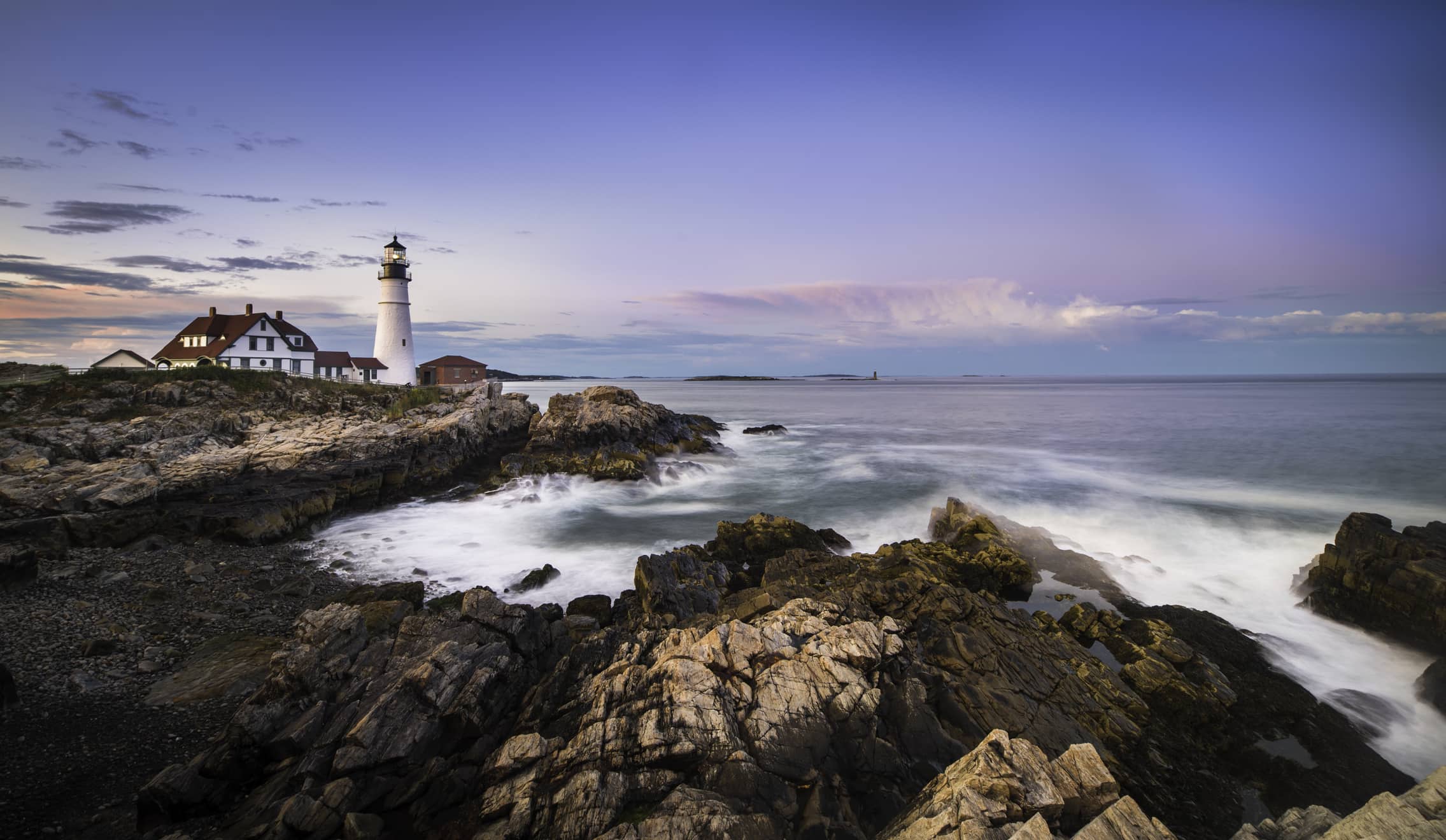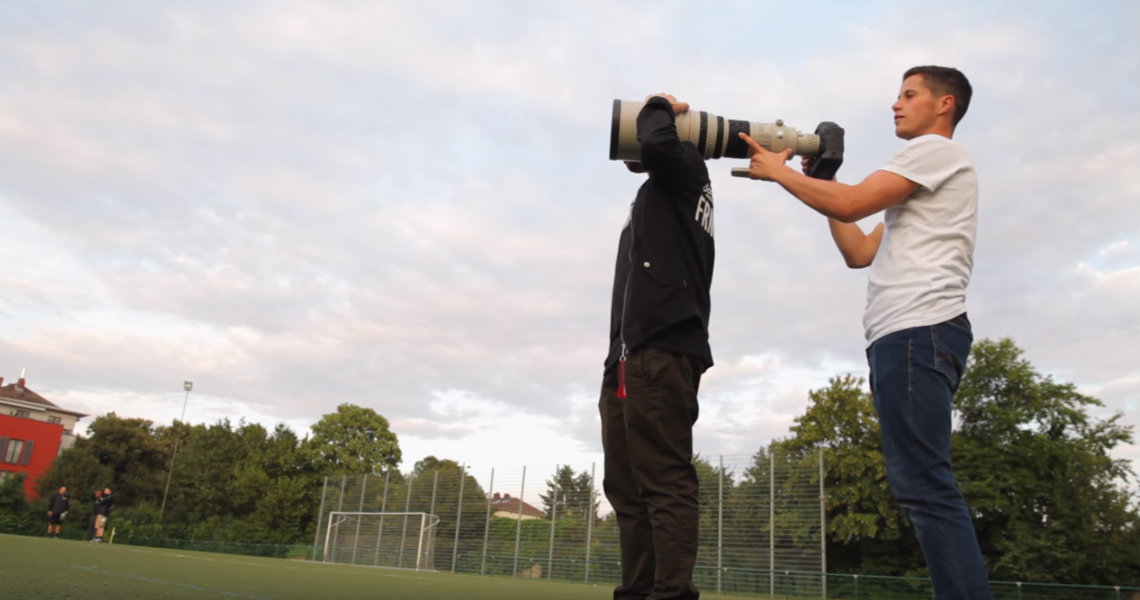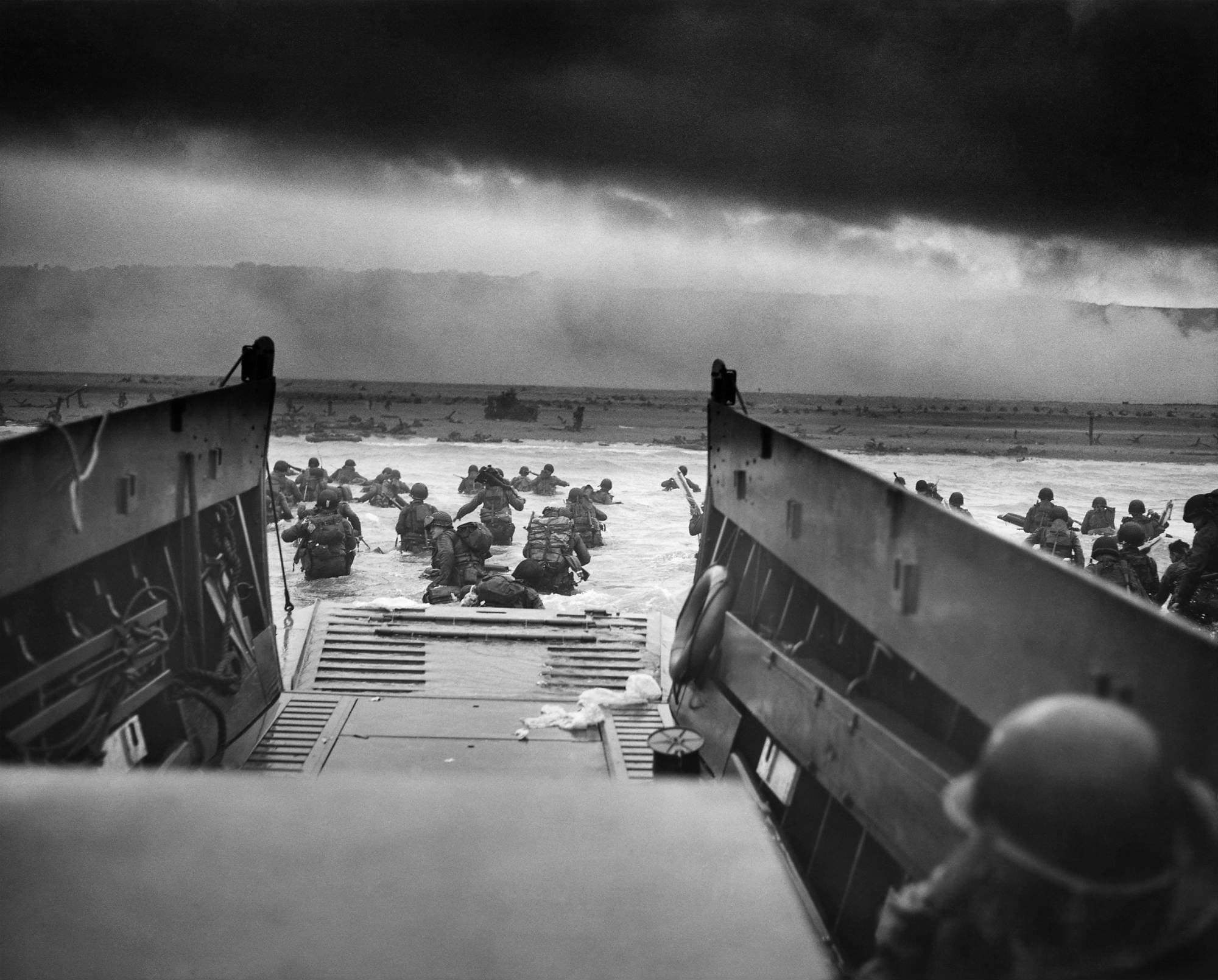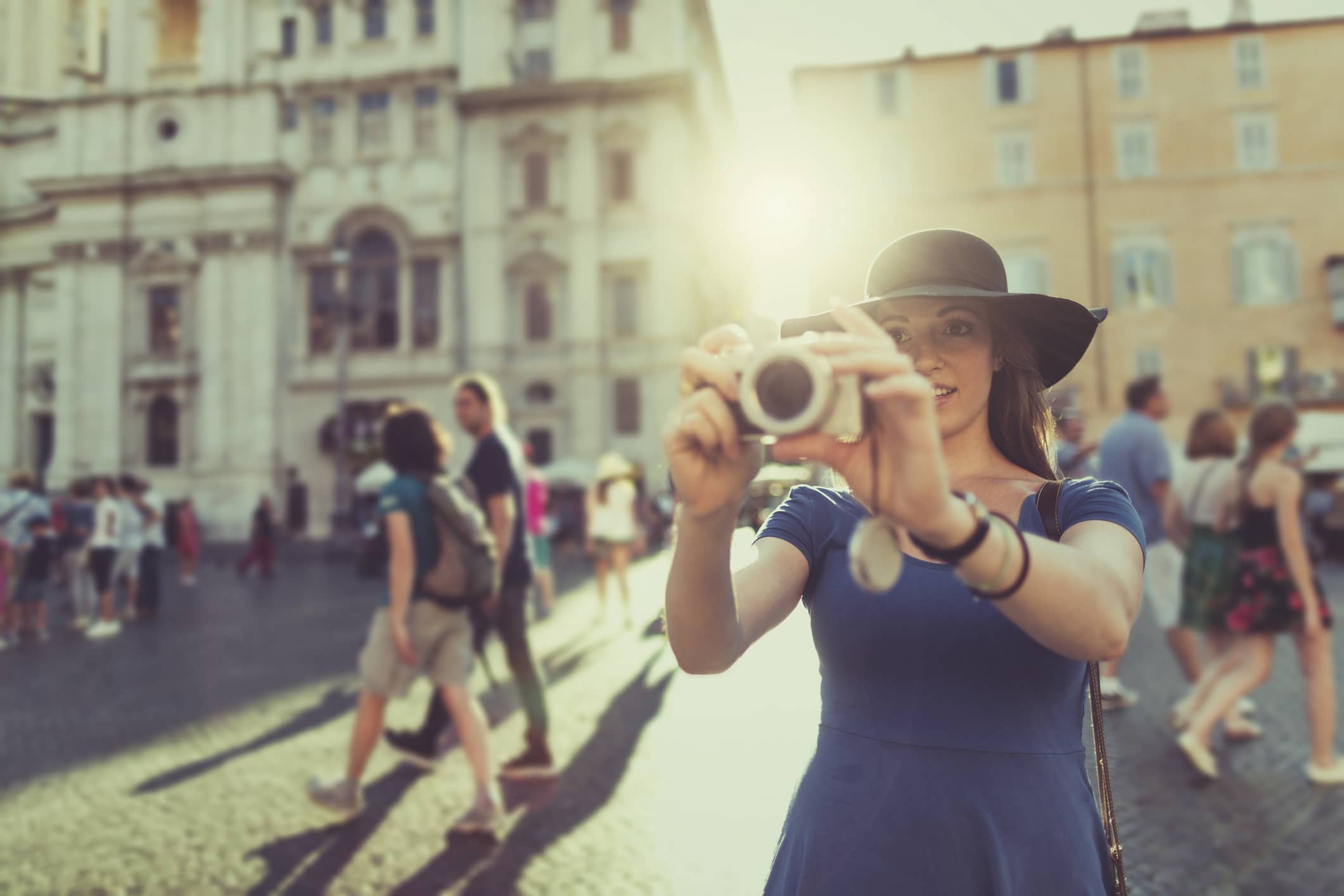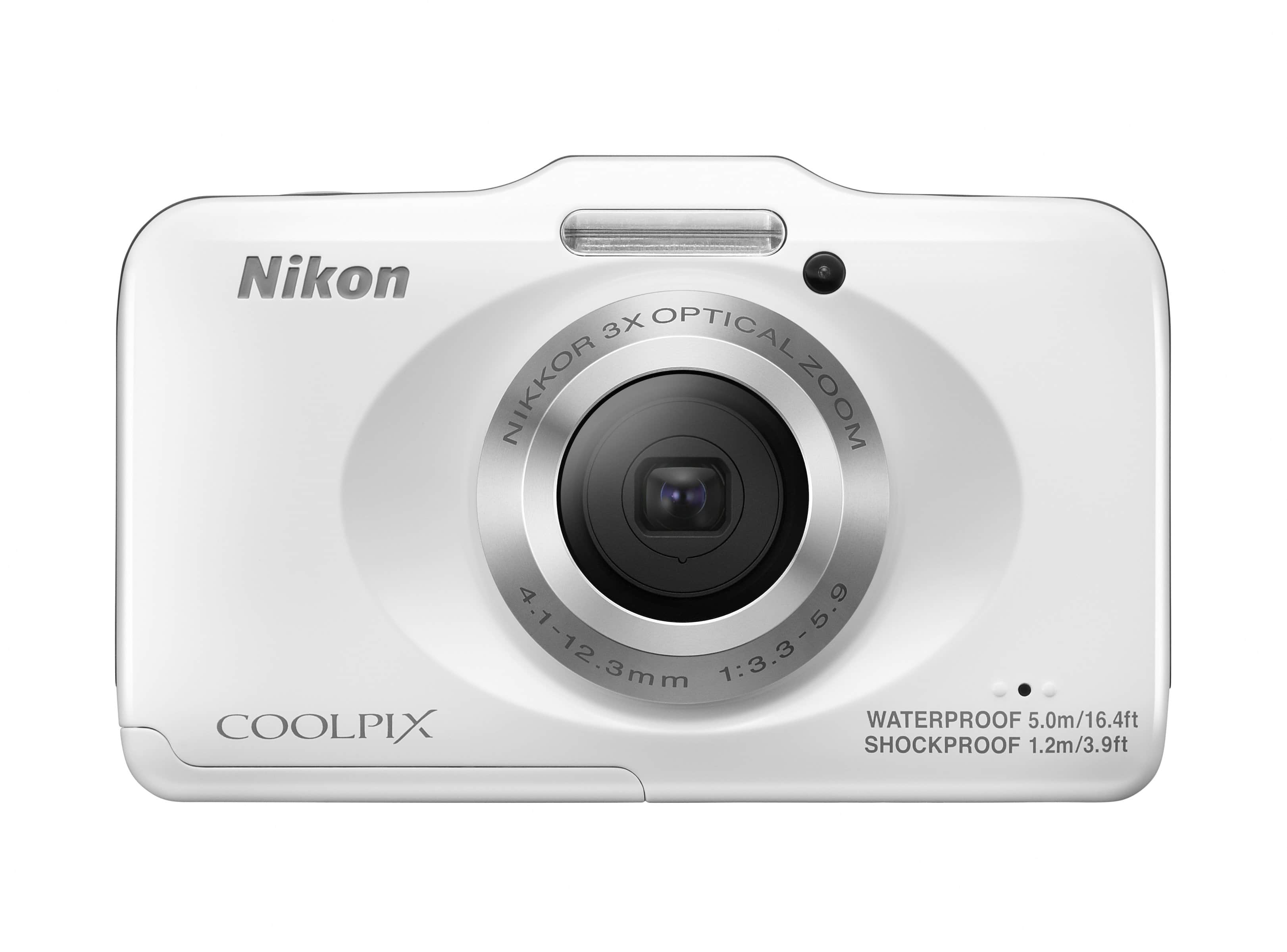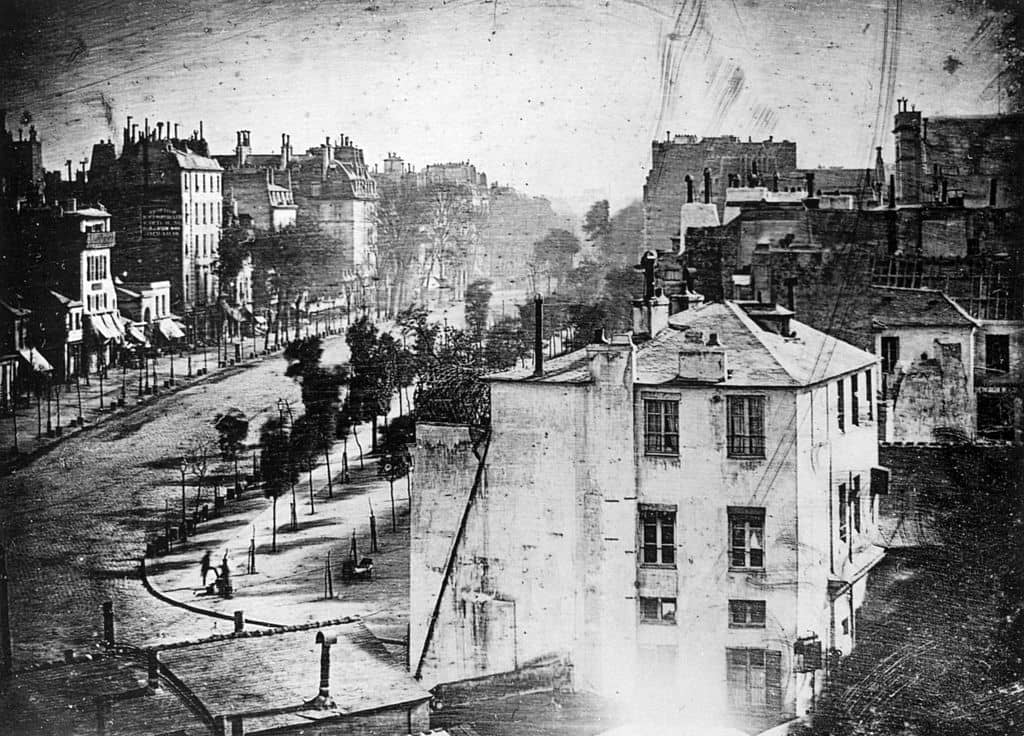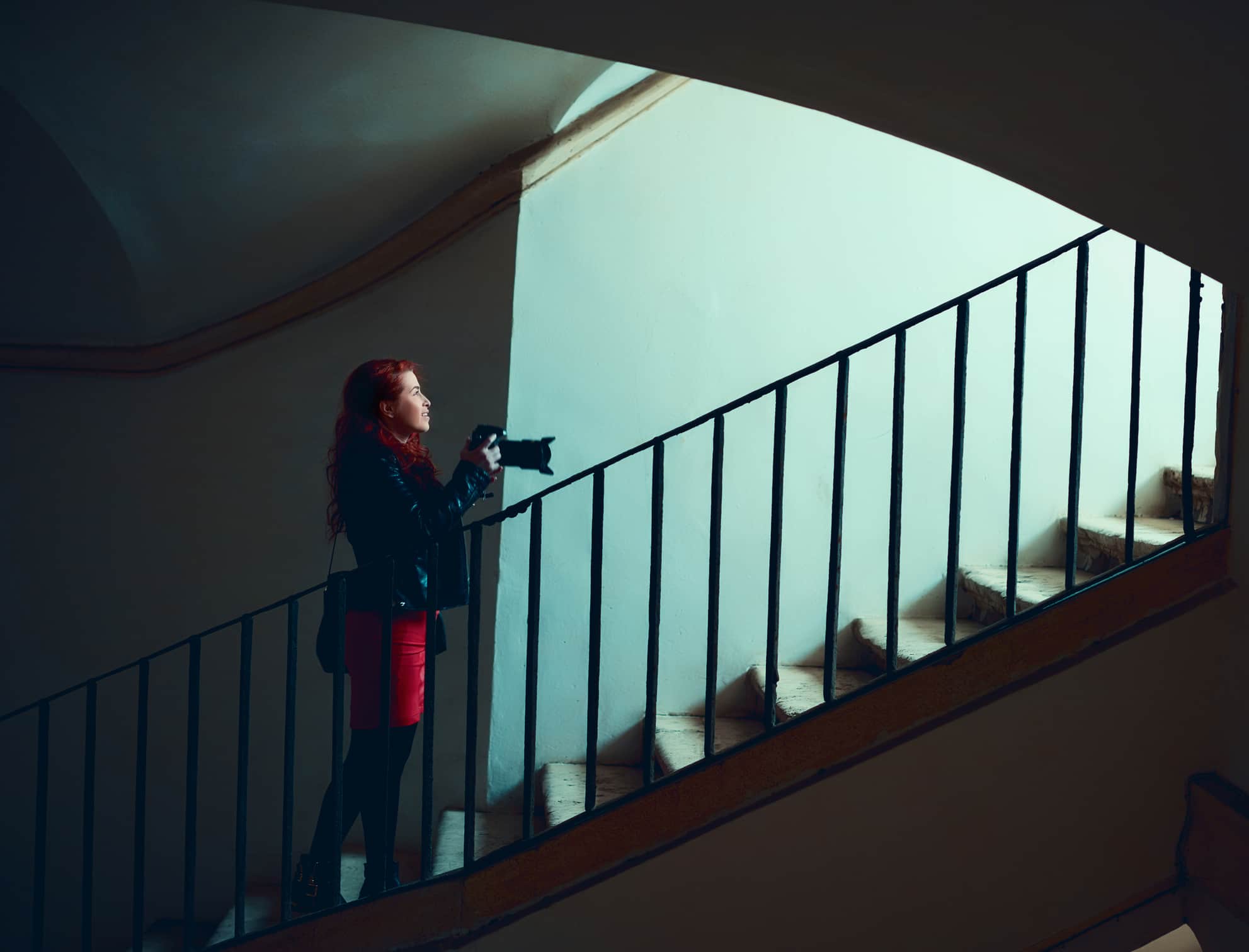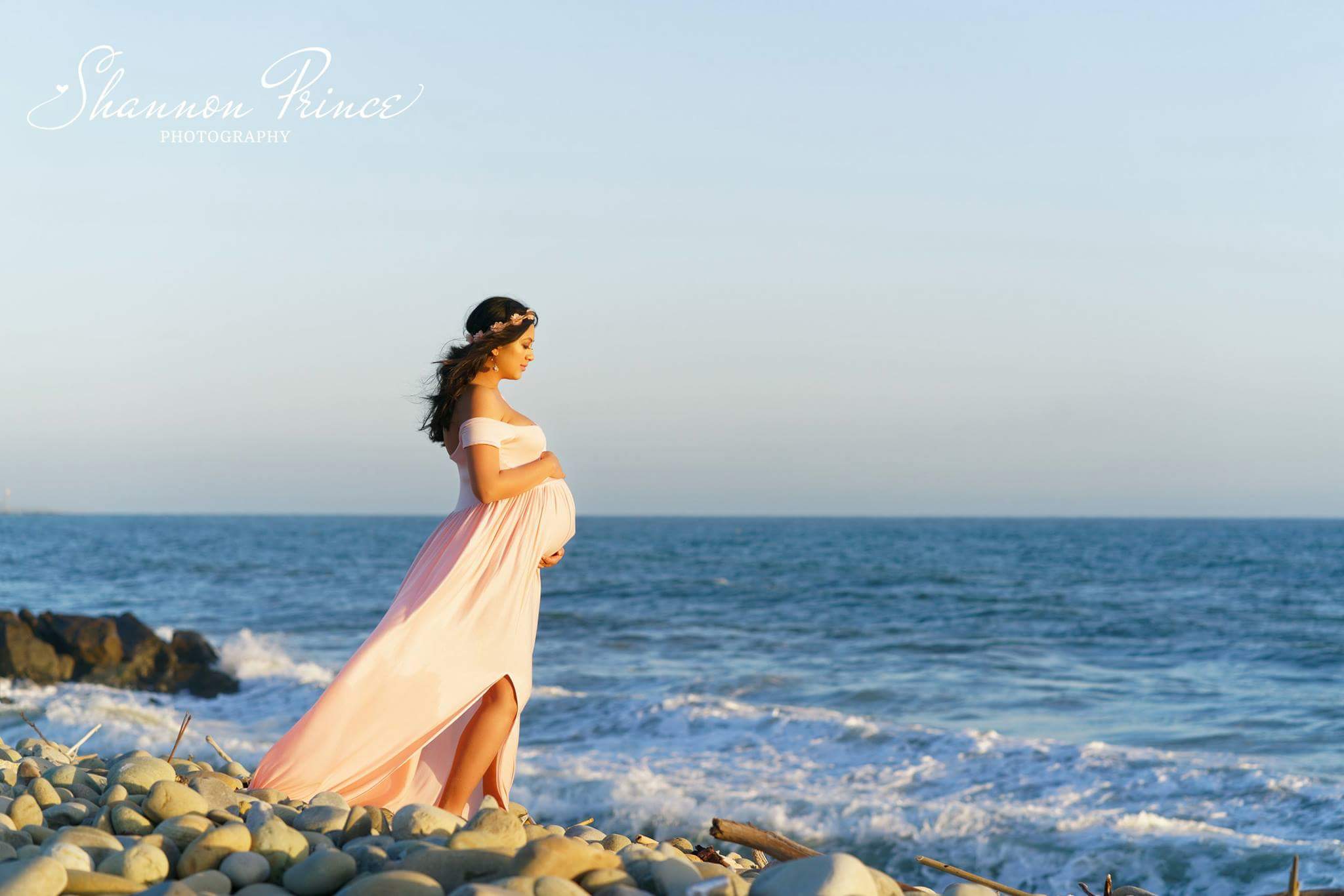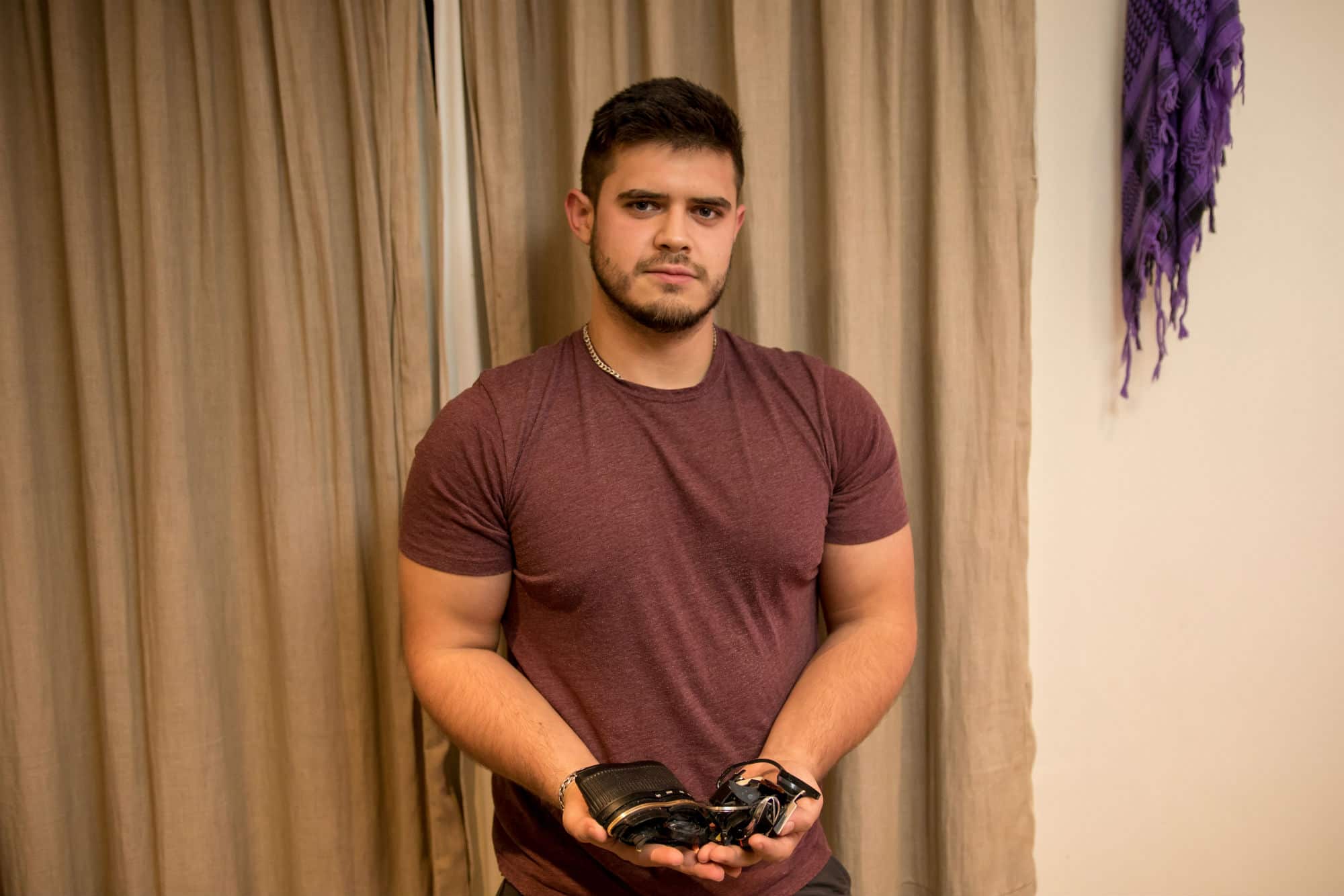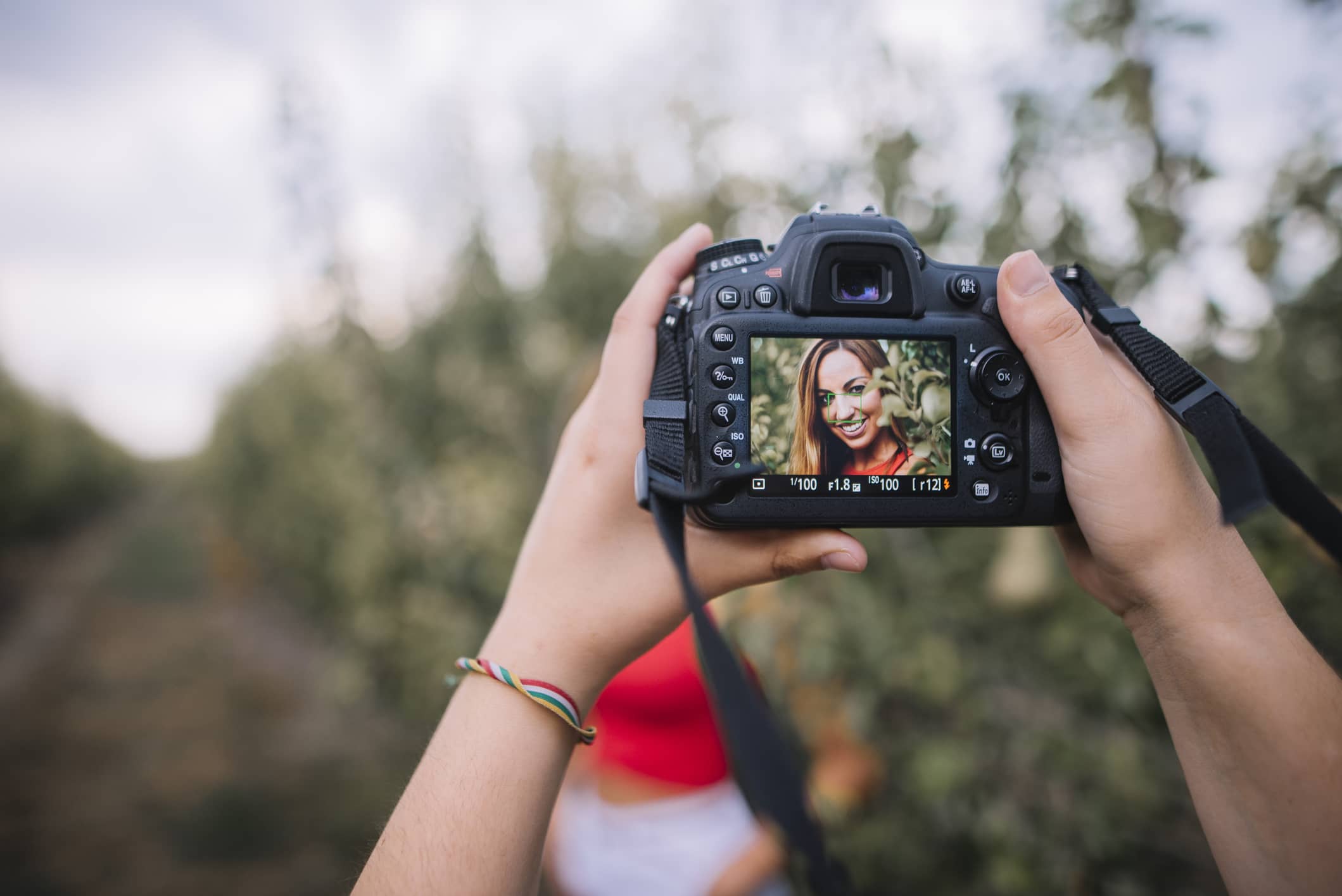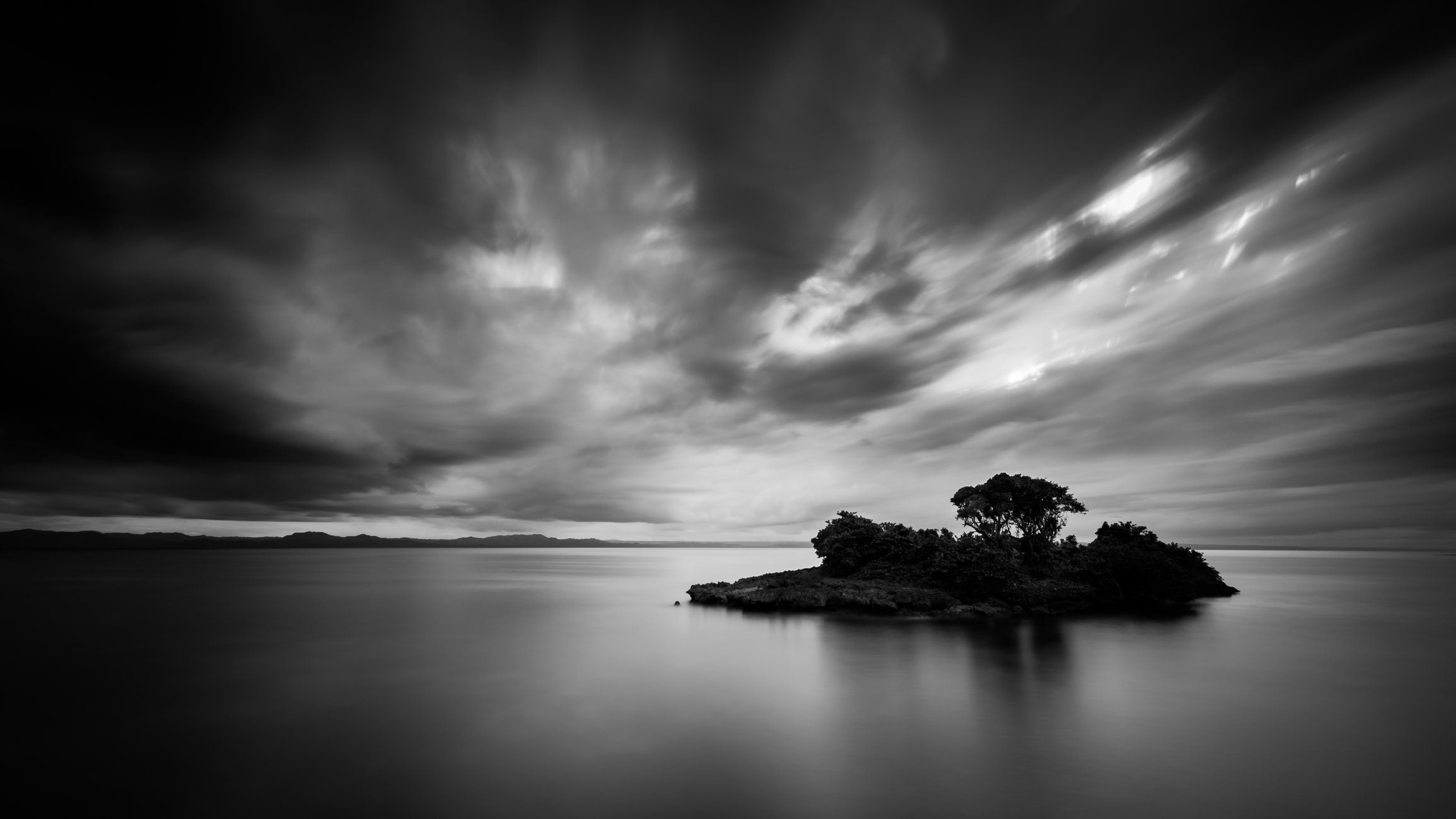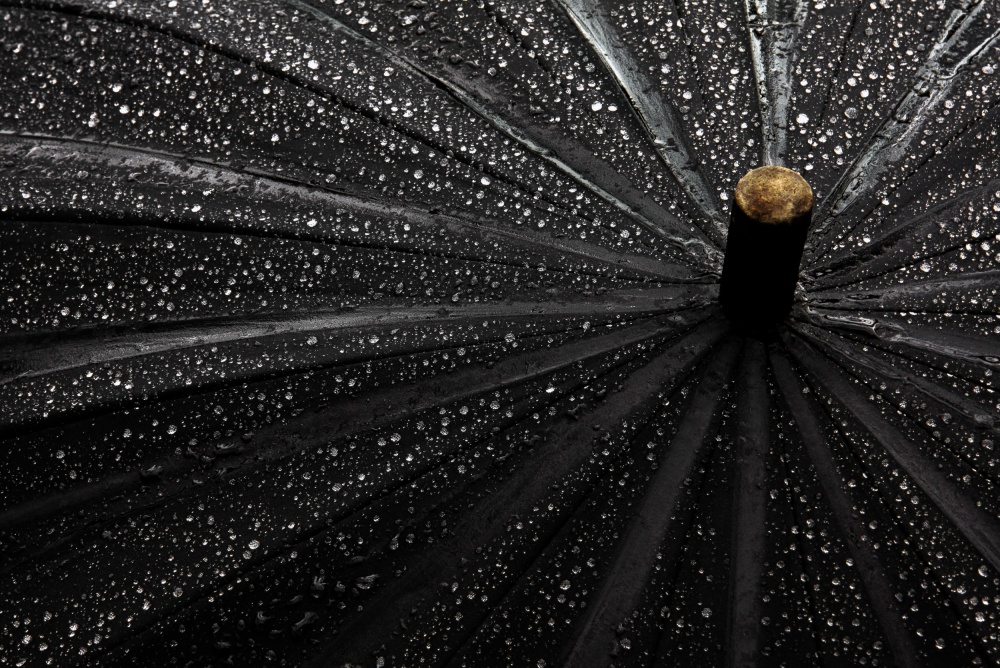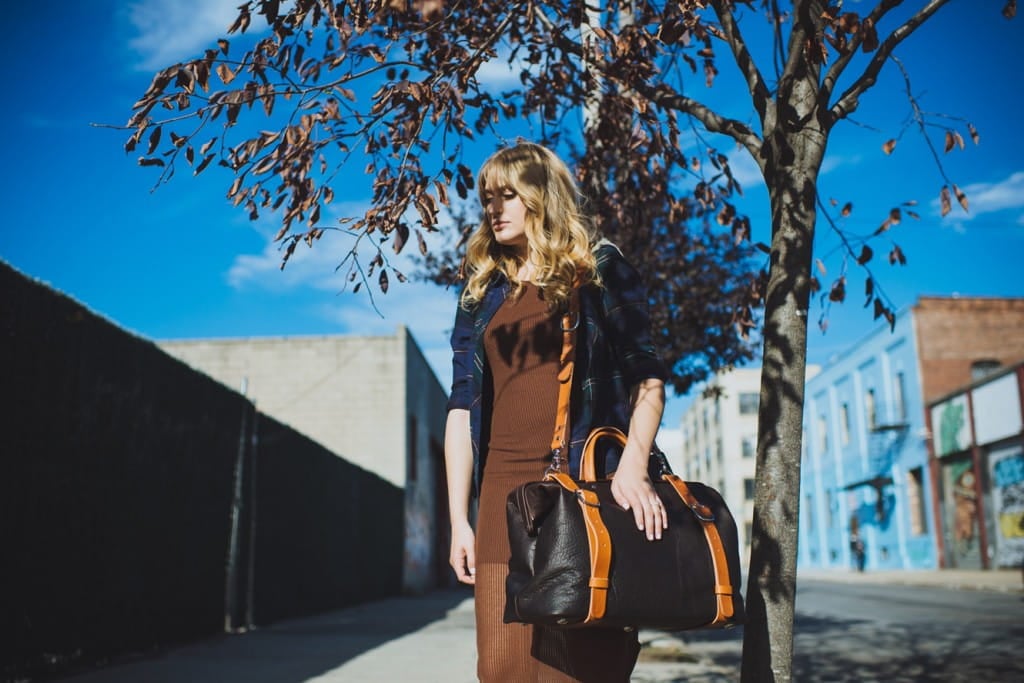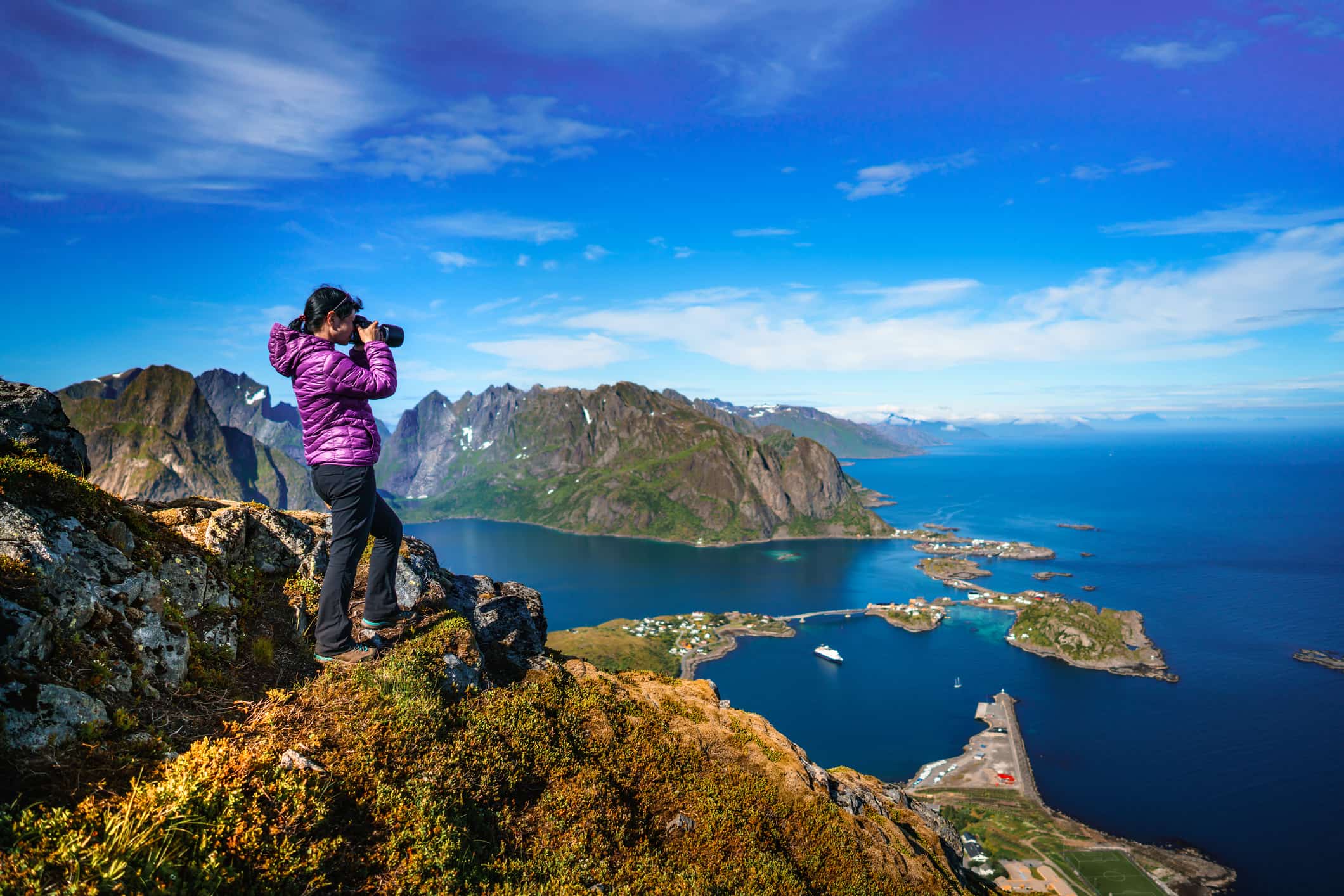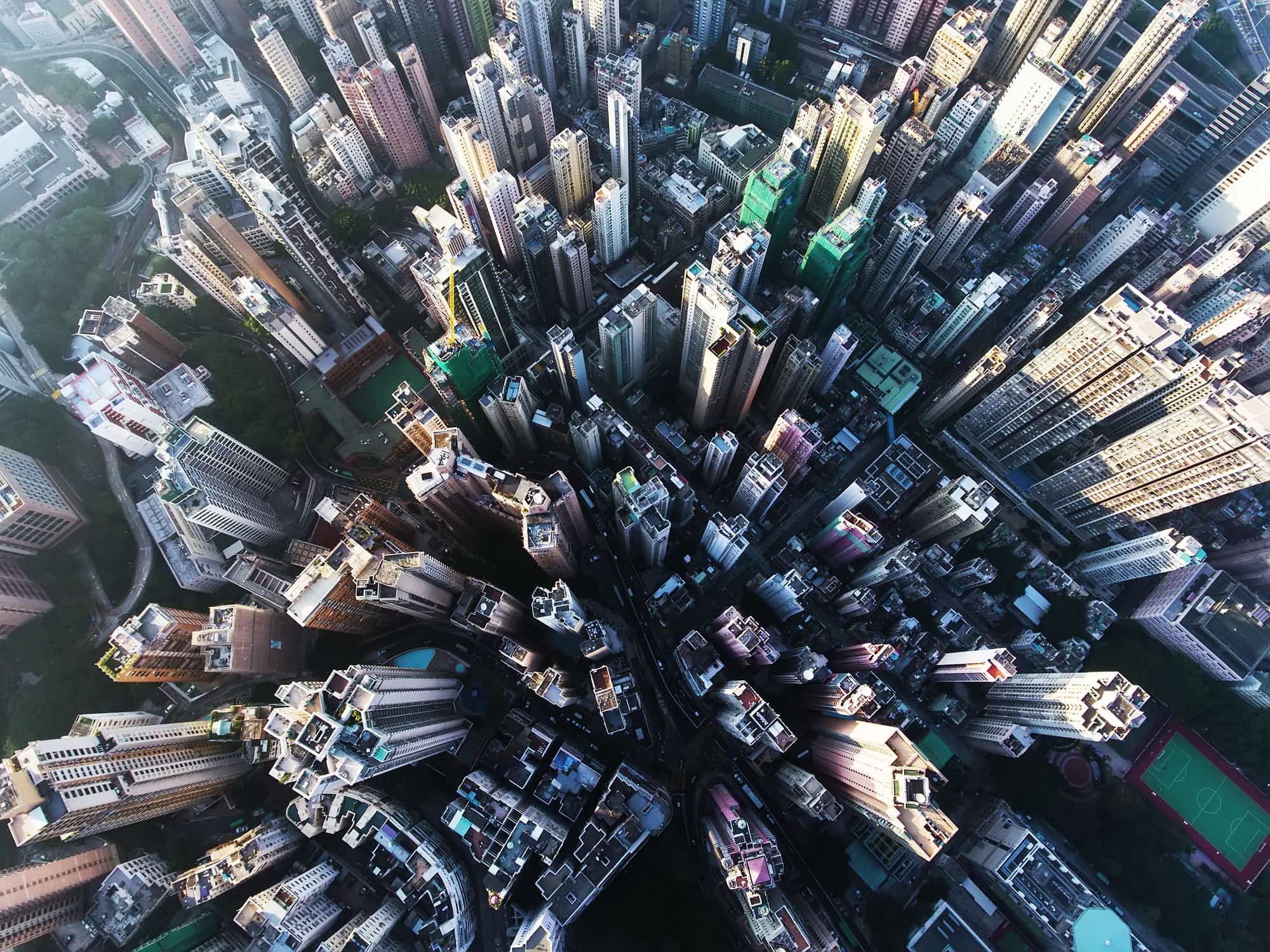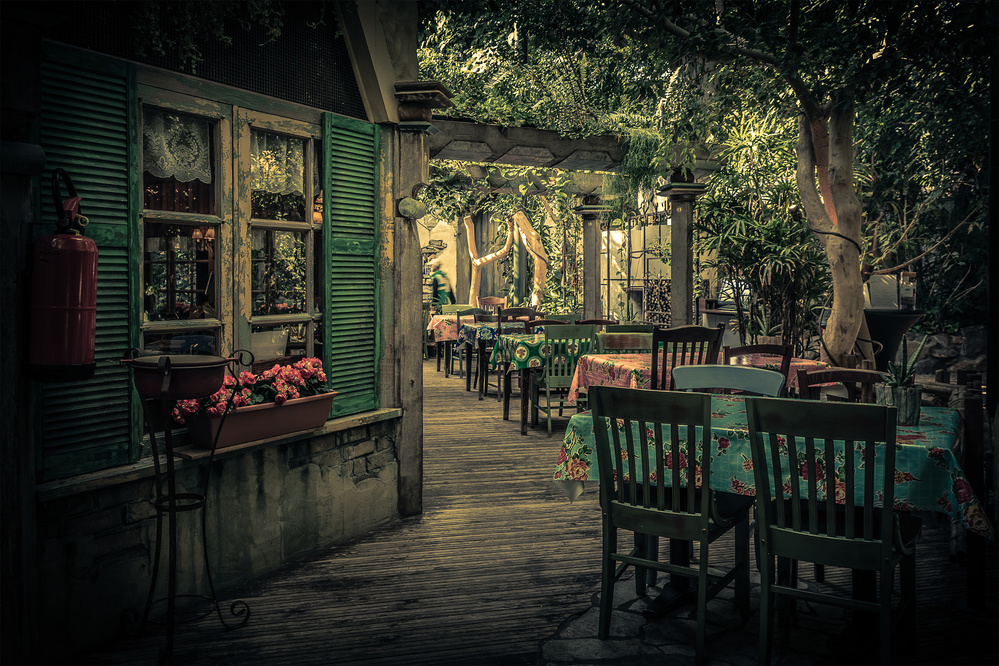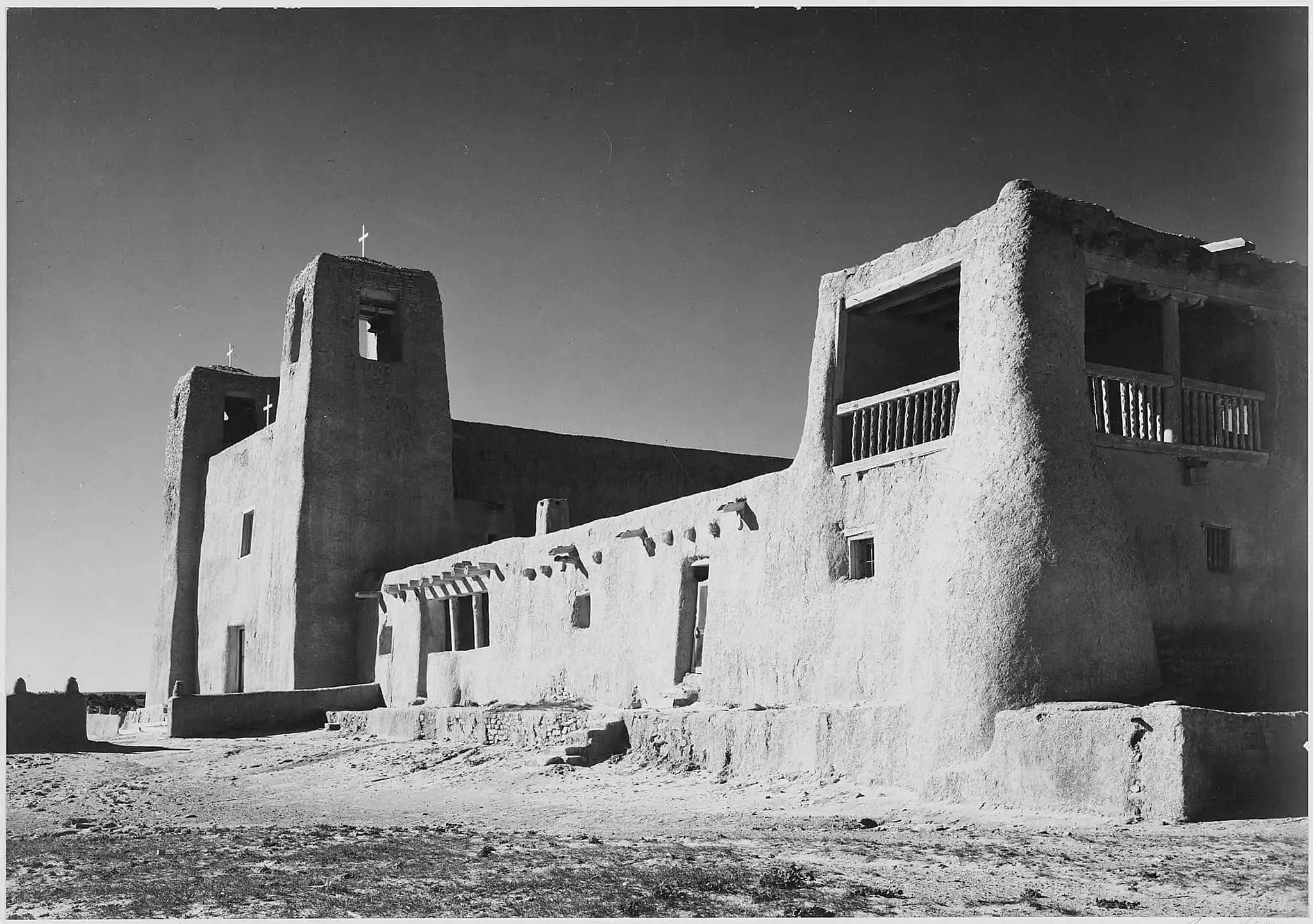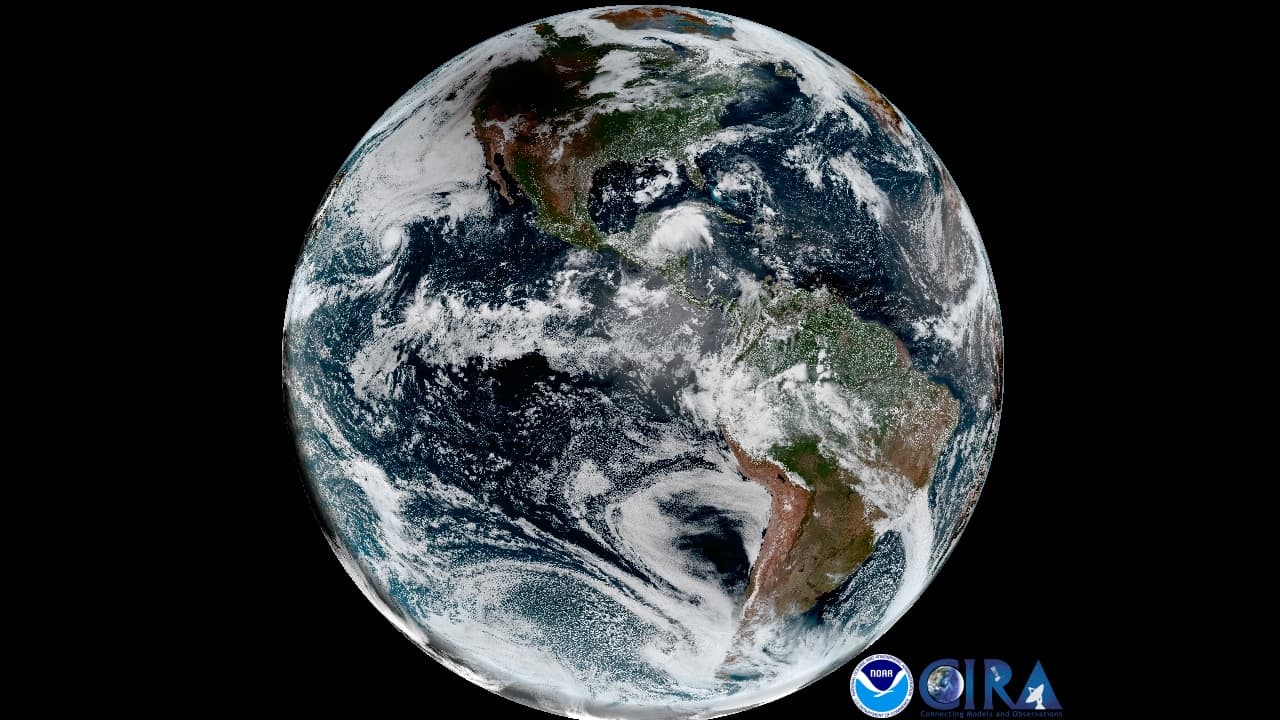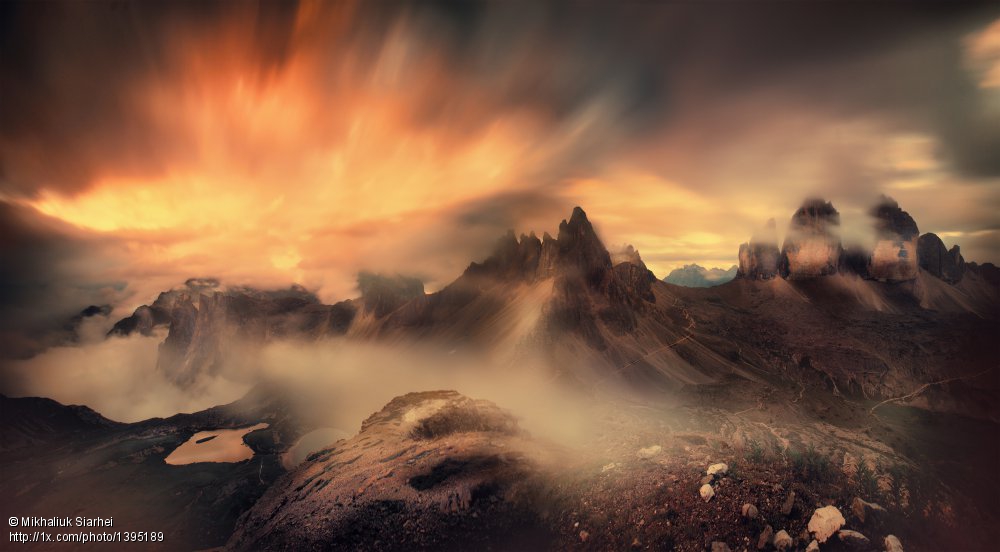Tips & Tricks
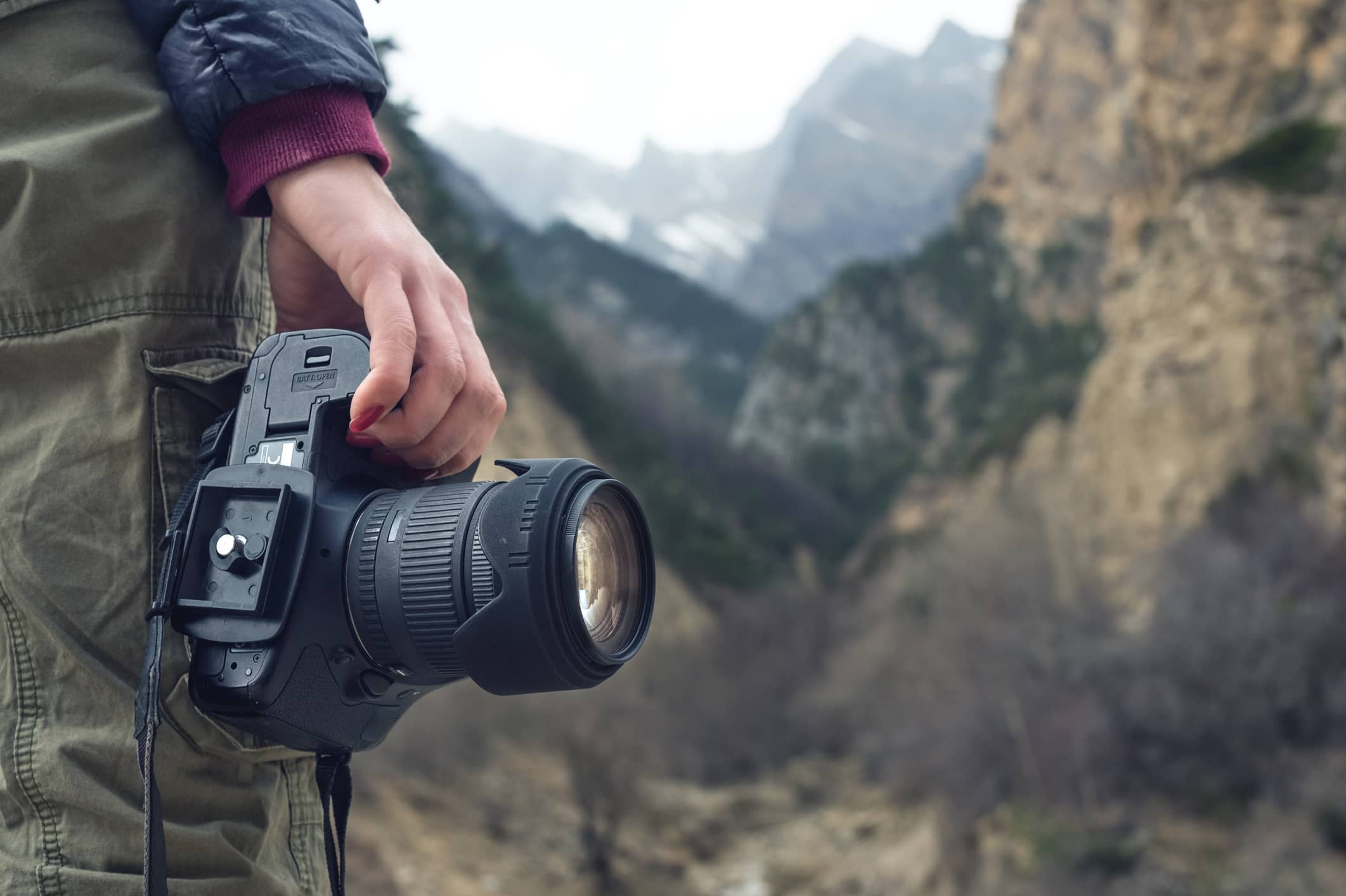
The Basics: What You Need to Know About Camera Lenses
Photography Talk
So, you're new to photography and are quickly discovering that there's a lot more to this than simply holding the camera to your eye and pressing a button.
Aside from mastering things like composition and camera settings, you also need to have an understanding of the different pieces of gear you need to take a quality shot.
Well, one of the most important components that determines the quality of your images is the lens you use...
Editor's Note: Looking to upgrade your lens, but don't want to break the bank? Buying pre-owned lenses means you can get a better lens for less money. To search for pre-owned lenses for your camera system, visit Lensfinder, our preferred marketplace for buying and selling used camera lenses.
It's the Lens, Not the Camera

The first thing to understand is that when you take an image, the quality of it has much more to do with the lens than the camera.
In fact, you can have the best camera money can buy, but if you pair it with a poor-quality lens, you'll have a poor-quality image.
Conversely, if you have a run-of-the-mill camera and pair it with a high-quality lens, guess what? You'll have images that are crisper, sharper, and better to look at.
That being said, if you find yourself in a position in which you want or need to upgrade your photography gear, upgrade your lens first. Put as much money toward your glass, and your images will benefit greatly!
Be Wary of "All-Around" Lenses

A lot of photographers swear by good "all-around lenses" that work well for a variety of purposes.
And though things like a 50mm prime lens or a 70-200mm zoom lens do offer tons of versatility, it might behoove you to find a lens that's more ideally suited to your particular kind of photography.
For example, if you really love to take macro photos, neither of the lenses mentioned above are going to be your best bet.
Similarly, if your thing is wildlife photography, a much longer focal length would be advisable.
The moral of the story is that if you've already found your passion, buy a lens that allows you to pursue it to its fullest extent. But if you're still trying to figure things out, an all-purpose lens might be a better short-term solution.
Learn More:
What Those Numbers Mean

When you look at lenses, there's a bunch of numbers written on the end of the lens (and on the top, too).
In looking at the lens above, you see that it's 35-70mm. That's the measurement of the length of the lens, given in millimeters.
Since there's two numbers listed, it's a zoom lens, with a range of 35-70mm. If there is just a single number, like 50mm, that means the lens is fixed, which is often called a prime lens. In other words, prime lenses do not have zoom capabilities.
When considering focal length, the smaller the number, the wider the field of view, so something like a 10mm lens would offer a very wide field of view while something like a 400mm lens would offer a very narrow field of view.

The other numbers to be aware of are those that indicate the aperture of the lens.
In the image above, the aperture is denoted as 1:4-5.6.
This means that this particular lens has a maximum aperture range of f/4-f/5.6.
Because it's a zoom lens, the maximum aperture it can achieve will change based upon the focal length being used.
So, at 17mm, this lens can achieve an aperture of f/4. At 85mm, it can achieve an aperture of f/5.6.
That's important because the size of the aperture determines the low-light capabilities of the lens. The smaller the number, the better the lens will perform in dim lighting.
{source 0}{/source}
For a few more insights into the basics of camera lenses, check out the video above by Phillip McCordall.
Learn More:
- Focal Length and Field of View Explained in 4 Steps
- A Beginner's Guide to Aperture and Depth of Field
Types of Lenses
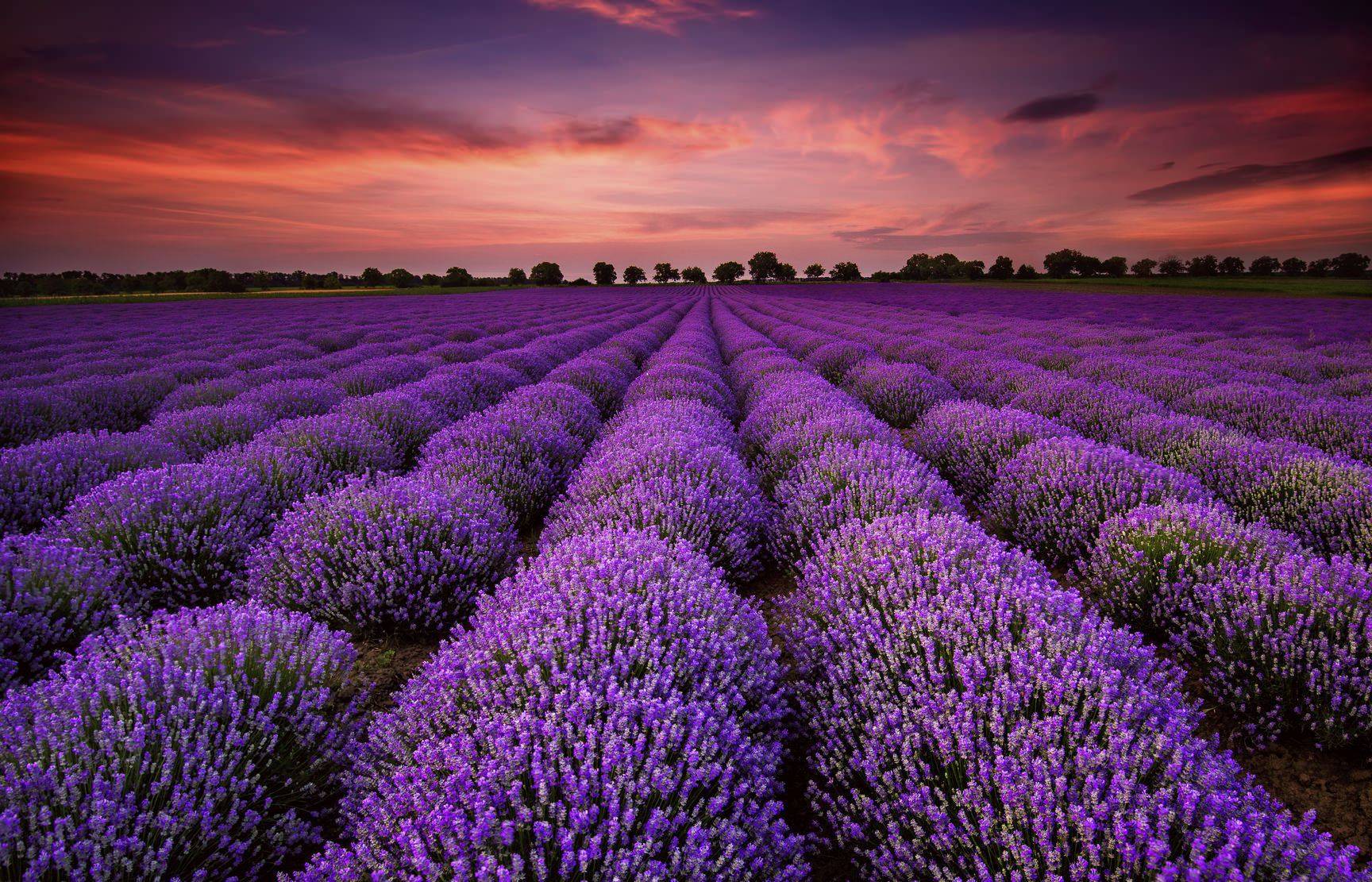
As I noted earlier, there are two basic types of lenses - primes and zooms.
But there are other features that you have to consider when thinking about buying a lens.
Wide-angle lenses are generally considered anything 35mm or shorter (on a full frame camera).
This type of lens allows you to capture a wide scene, making them ideal for landscape photography, as shown above.
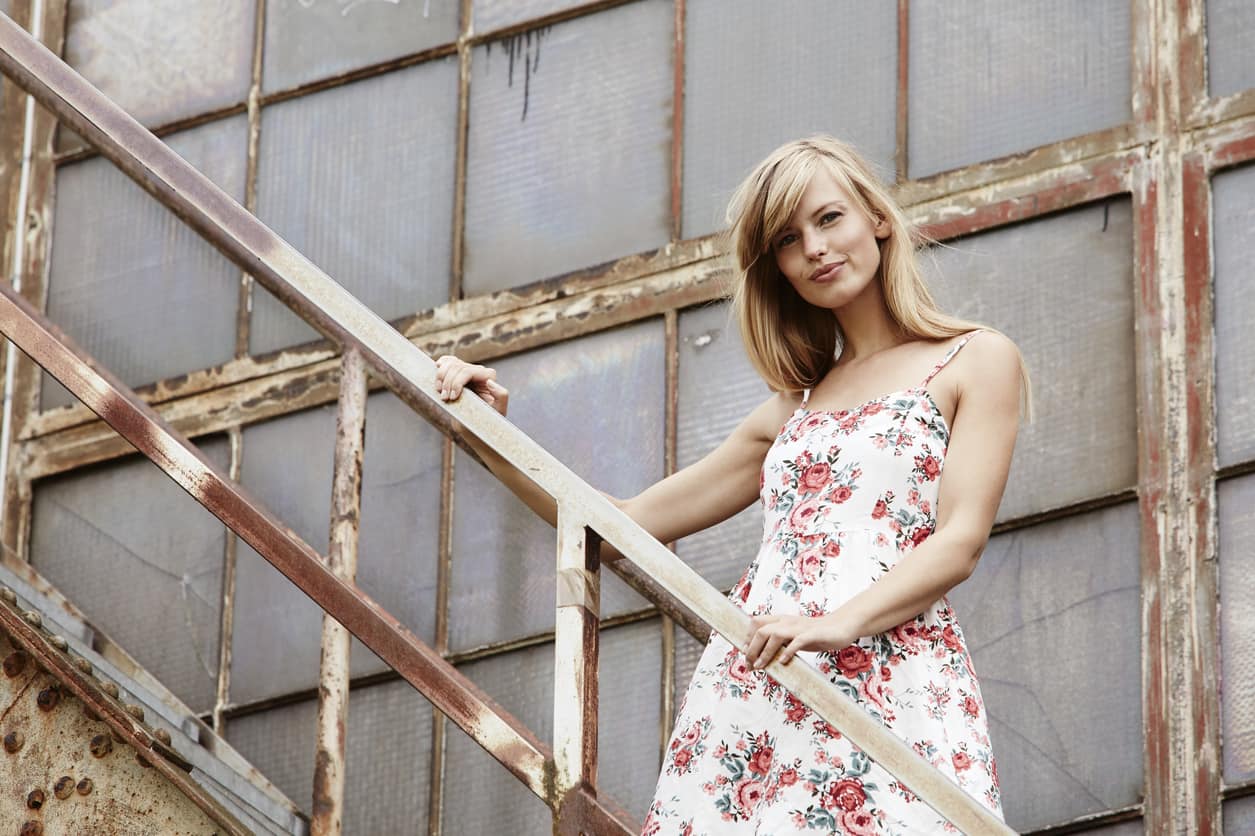
Another popular type of lens is a normal or standard lens.
The range of these lenses again depends on the type of camera you have.
If you shoot with a full frame camera, a normal focal length is considered to be around 50mm. On a crop sensor camera, a normal lens is about 28mm.
Normal lenses get their name because they produce images that very closely resemble what we see with our own eyes.
That makes them great options for portraiture (as seen above), but they can also be used for landscapes, travel photography, street photography, and various other pursuits.
In fact, if you were to buy just one lens, a normal lens might be your best bet.

Longer focal lengths - above 85mm on a full frame camera and 50mm on a crop sensor camera - are considered telephoto lenses.
These lenses have excellent reach for photographing distant subjects, as you can see in the image above.
That is, where a wide-angle lens allows you to photograph a large scene, a telephoto lens allows you to get up-close to a subject without necessarily being close to it.
That's a valuable feature for photographers that specialize in sports or wildlife, though telephoto lenses can be used for other pursuits, like landscapes or portraiture as well.
Editor's Note: Do you have a lens or lenses that you just don't use anymore? Instead of letting them sit around collecting dust, try selling them to other photographers. Not only does that help you declutter your house, but it also puts money in your pocket to buy gear you'll actually use! List your pre-owned lenses for sale today on Lensfinder.
Learn More:
Go Even More In Depth
What I've covered so far is just the basics of lenses. There's actually much more you need to know!
For that, I'll direct you to the video above by Newtography.
It's a detailed guide that covers the topics I've outlined above, and goes into more detail about things like compression, bokeh, buying filters, and what the different rings, buttons, and switches on a lens are used for.
Check it out so you can be even more enlightened about the ins and outs of camera lenses.



